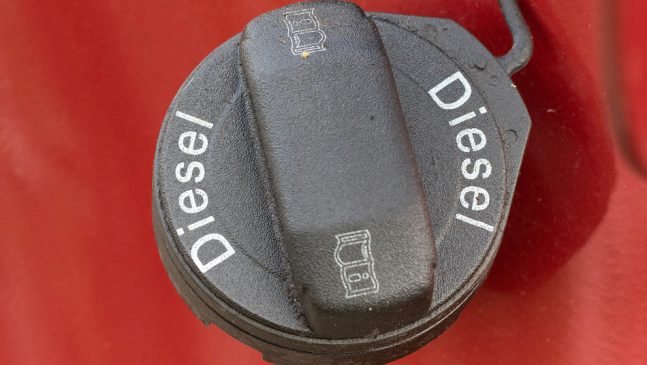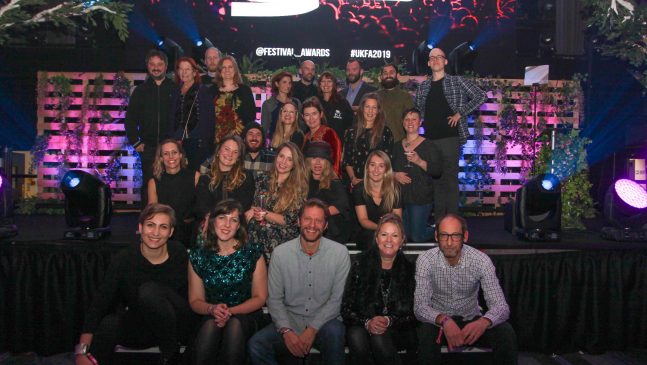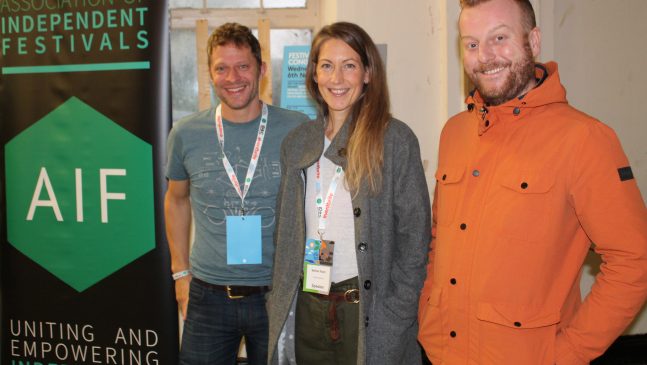For the last 5 years, Powerful Thinking have been collecting sustainability festival and event data through the annual Industry Green Survey. The survey does not track a ‘basket of festivals’ data consistently, but does indicate key trends in what sustainable practices festivals are implementing.
Between 50-70 events in the UK have participated in the Industry Green Festival Survey annually for the last five years. This has increasingly included more high capacity events (over 20,000 people) which suggests that sustainability issues are reaching more and more people. 64% of events now measure and address their carbon impacts compared to only 40% in 2015.
Energy
Fuel and power
There has been an increase in the number of events which monitor their fuel use from 53% in 2016 to 80% in 2019. There was also an increase in events which monitor generator loads from 44% in 2016 to 68% in 2019. The number of events working with suppliers to increase energy efficiency and reduce fuel usage has doubled from 27% in 2016 to 56% in 2019 and the number of events which receive a post event power consumption report has tripled since 2016 from 15% to 48% in 2019. Great news! Use of biofuel in generators has remained constant at around 20% of events.
Electricity
The number of events with a grid connection with a green tariff has doubled from 11% in 2016 to 24% in 2019. The number of events that use LED stage lighting has almost doubled from 40% in 2016 to 72% in 2019
Renewable energy
Twice as many events are now using solar energy onsite as they were in 2016 (18% and 36%).
Waste
Recycling
The number of events with recycling systems for public areas has remained fairly constant at between 79 – 88% whereas the number of events with a comprehensive back of house recycling system has increased from 55% to 88%. The number of events which check and verify how their waste and recycling is processed after leaving site has remained constant between 74 – 84% of events from 2015 – 2019. There has been an increase of 30% of events that know what kind of recycling plant their waste goes to from 63% to 96% from 2015 – 2019. There was also an increase in the number of festivals which set recycling targets for their event from 34% in 2015 to 60% in 2019
and a small increase in the number of events that have a strategy to reduce waste and increase recycling from 83% in 2015 to 96% in 2019.
Reuse
There has been an increase in the number of festivals which have a reuse policy for wood and infrastructure from 51% in 2015 to 80% in 2019.
Food and drink
Events have been working hard on food and drink and there are now 68% of events which have minimum food standards compared to 45% in 2015. Around 60% of events have a sustainable procurement policy and this figure has not significantly changed in the last three years. Cups are a success story with now 76% of events using reusable cups on the festival site as opposed to only 53% in 2015. The number of events that have a green traders award has increased from 21% in 2015 to 36% in 2019.
Travel
More festivals are promoting sustainable travel options – 56% in 2016 to 76% in 2019. The number of events offering travel carbon balancing has varied from year to year (25% in 2017, 58% in 2016 and 39% in 2019). This is likely to be because of the different wording of the question in different surveys. More data is needed in the travel sector to make further comparisons.
Barriers/frustrations
Lack of time, cost of implementing new measures and inability of contractors to deliver sustainable solutions have remained the three key perceived barriers to sustainability at events. Lack of expertise was also listed as a primary barrier in 2016 but interestingly not in subsequent years which may suggest that people feel more equipped with knowledge to tackle sustainability problems. However in 2019 a primary barrier was a lack of clarity on the right thing to do (as well as difficulty engaging stakeholders).
Accreditation/Festival Vision: 2025/ Engagement
76% of participating organisations were signed up to the Festival Vision: 2025 pledge in 2019 compared to only 51% in 2016 and around 76% of those signed up felt encouraged or inspired to take action as a result of being part of the initiative. The number of organisations using Industry Green (IG) tools to measure their impacts has increased from 32% in 2015 to 54% in 2019. One of the main reasons for not using the IG tools is a lack of data but also a lack of time.
The number of organisations that took part in the survey that have read the Show Must Go On report has increased from 57% to 88% between 2015 – 2019.
The number of participating organisations which entered A Greener Festival Award increased from 21% to 36% and the number of events that area ISO20121 accredited rose from 0% in 2015 to 8% in 2019. The number of participating organisations who were taking part in Julie’s Bicycle IndustryGreen certification remained about the same between 7-12% between 2016 – 2019. The number of participating organisations which are members of Energy Revolution increased from 13% in 2016 to 40% in 2019.
What would help?
Training for a team member or management team, access to case studies and opportunities to share knowledge remain the three main things across the five years that participants felt would help facilitate sustainability action in their organisation.
Sign up to be part of Vision:2025 and receive the full Show Must Go On report on the impacts of the UK events industry and roadmap to reductions:
www.vision2025.org.uk










